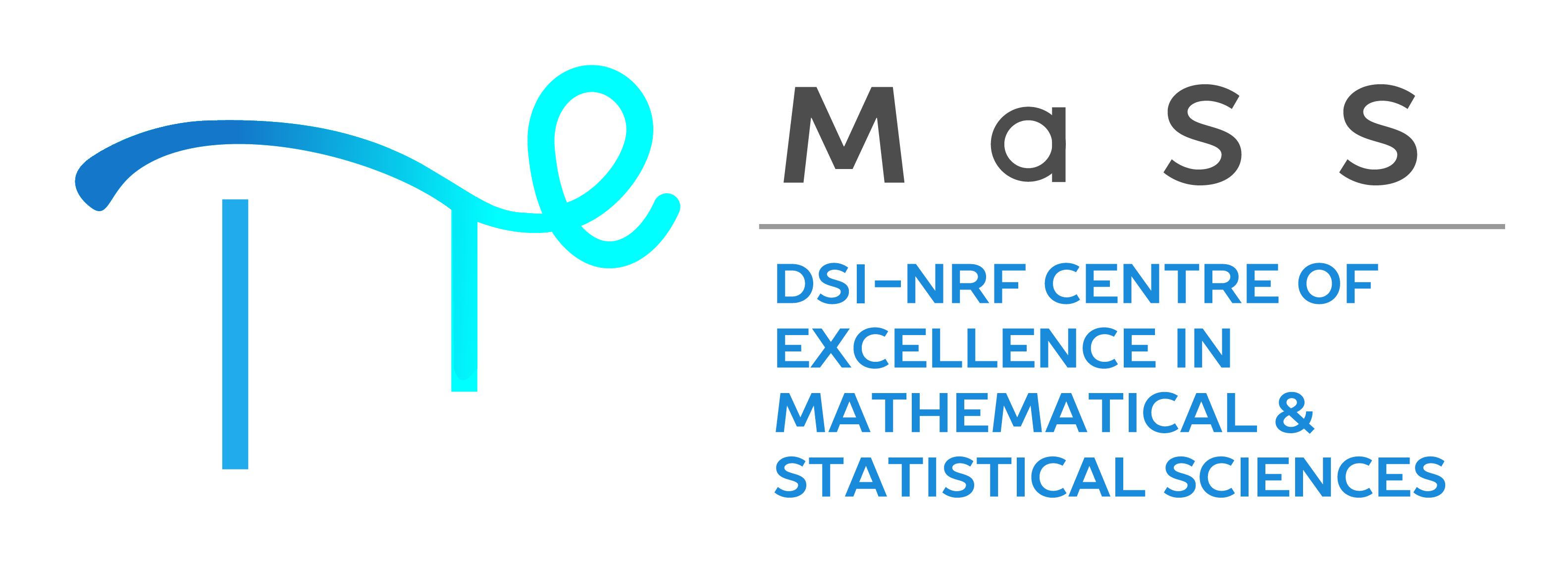Algorithmic trading of securities – A machine learning
approach
Philip van Schalkwyk\(^*\) and Stephan
Nel
Stellenbosch Unit for Operations Research in Engineering,
Department of Industrial Engineering, Stellenbosch University
SAMS Subject Classification Number: 10, 25, 26
The incorporation of quantitative strategies into classical
investment management has resulted in the ability to not only access
data at unprecedented speeds, but also analyse vast amounts of data at
significant scale and varying levels of abstraction. Aside from the
unrivalled speed advantage, quantitative investing— especially those
based on data-driven, machine learning approaches— holds the potential
to recognise patterns in security pricing data automatically, without
the pitfalls typically associated with humanistic approaches. Apophenia
is described as the human tendency to infer patterns from (mostly
random) data — akin to, for example, humans observing elephant-shaped
clouds, traders are also susceptible to recognising supposed patterns
within trading data.
Whilst the vast majority of quantitative research involves supervised
machine learning approaches, this study, on the other hand, focuses on
the application of unsupervised- and self-supervised learning methods in
the context of algorithmic trading. The pursuit of identifying
non-trivial hidden patterns within the data to better predict market
movement is further convoluted by the vast amount of technical
indicators available in the domain of trading. To aid in the selection
of technical indicators as input features, auto-encoders (a subset of
unsupervised machine learning) are investigated towards identifying a
reduced set of features, representative of the security price being
predicted.
Due to the rapid and significant advances in the field of computer
vision, more specifically convolutional neural networks (CNNs),
a focus is placed on the encoding of time-series data as images by means
of Gramian Angular Fields (GAFs). The GAF images,
i.e. arrays, are automatically labelled according to the price
movement that follows the time-span over which the images were encoded,
and is then utilised for predicting price movement.
The main research objectives pursued are: (1) To investigate the application of unsupervised, and self-supervised learning methods in the context of security markets, and (2) to develop an optimisation-based trading strategy that seeks to maximise profit whilst effectively managing portfolio risk.


